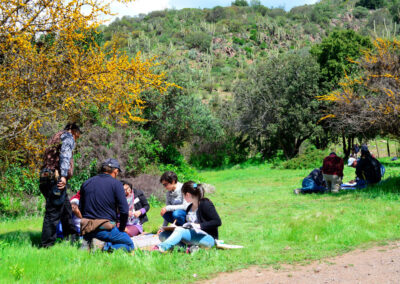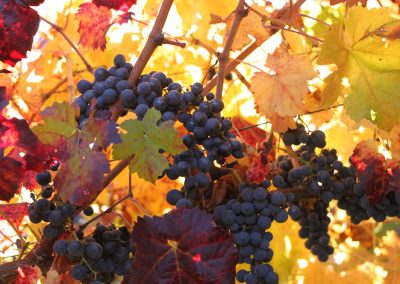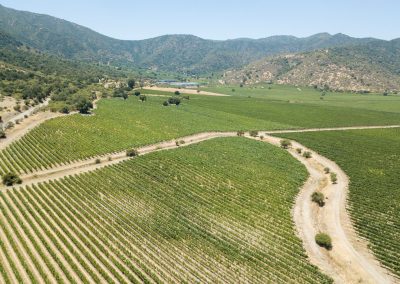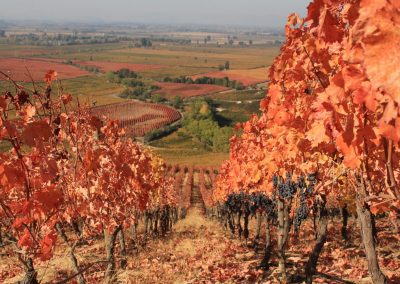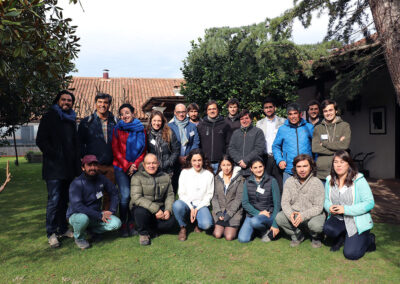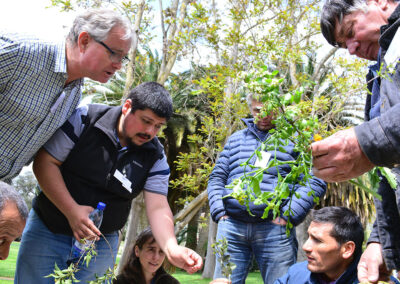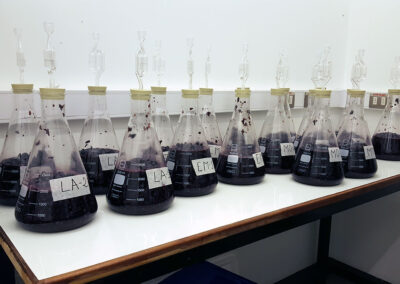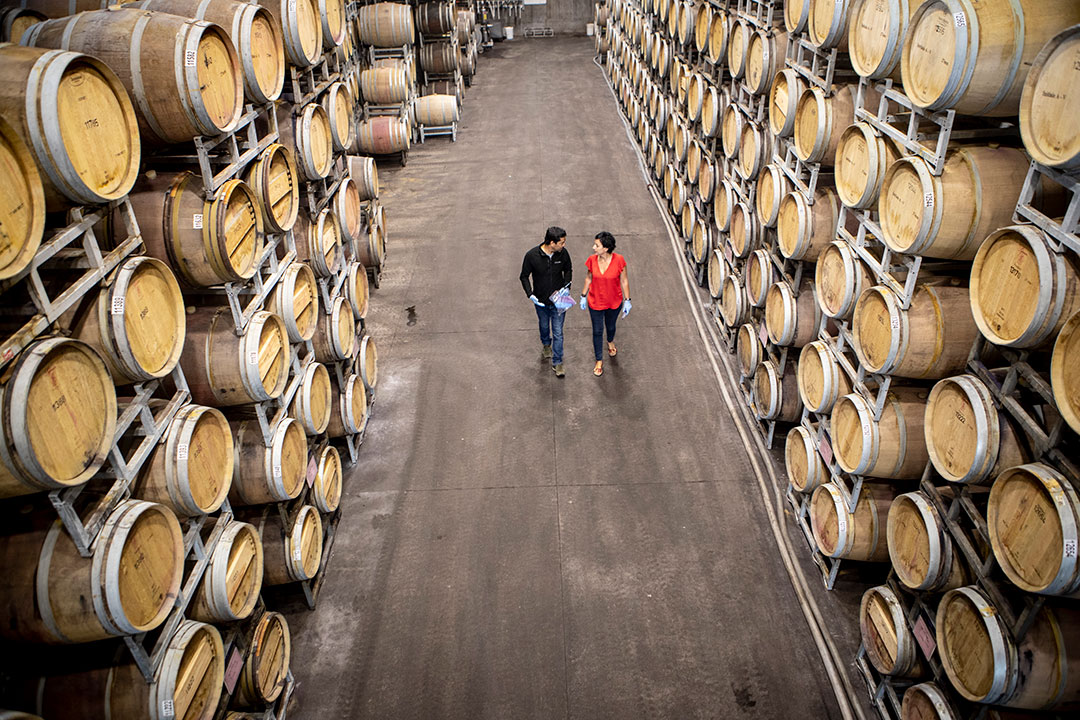
From that moment onwards, our work focused on raising awareness and taking ecological science knowledge to the companies we worked with. We developed training courses and workshops where the participation of all employees was essential.
Since then it has been continuous learning; progress has been made in the development of research and knowledge transfer; where ecology and the world of wine interact to solve mutual questions, converging and talking about our different knowledge and experience.
Five years after the project was launched, the vineyards, members of Vinos de Chile and VCCB, worked on creating a sustainability code that also incorporated a biodiversity conservation area; this was led by our programme. The data obtained confirmed and demonstrated to the research team that this production sector could be a great opportunity to protect Chile’s Mediterranean ecosystem.
These 10 years of collaboration between the wine industry and the Wine, Climate Change and Biodiversity programme has allowed agricultural practices to be incorporated and transformed, where the natural history of the Chilean Mediterranean has presented a new development model, transforming these production areas into a region where biodiversity and production coexist and are resilient to global change.
